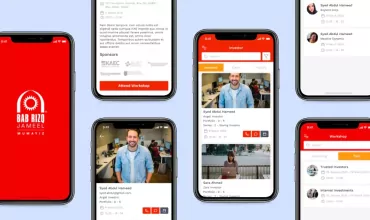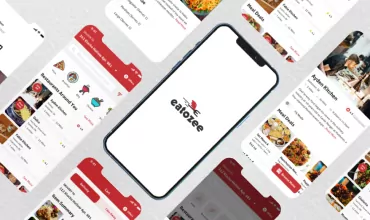Facebook and Animated GIFs: A Love-Hate Relationship

Table of Contents
Flashy animated banner ads, digital images, or animated GIFs were banned on Facebook almost for a decade. Mark Zuckerberg, the founder of social media giant-Facebook, was of the thought that animated GIFs interrupt users while they are enjoying communication on his website. Now, the news has come off that Facebook has relieved this ban and is testing for appearance and impact of such ads on the newsfeed. Let’s find out a few possible objectives behind Facebook’s decision to embrace such ads after hating them for a long time.

Possible objectives behind reliving ban on GIFs
Facebook is the most acclaimed social media network under the sun, and hundreds and thousands of people are use it on a daily basis. Ever-increasing user base and popularity have opened the doors of newer revenue-generating opportunities for Facebook.
The first objective behind reliving ban on GIFs can be seen as an attempt of reaping the benefits of a huge database for increasing revenue. Initially, Facebook started video ads, and now as users are getting used to them, FB spreads its net by allowing animated GIFs on its pages. Another possible objective can be giving a tough competition to rival Google+ that is getting momentum in a steady manner.
Facebook spokesperson has confirmed the move by saying TechCrunch that the company is relaxing standards related to animated GIFs and starting to allow companies to post them as ads and Page posts.
Right now, FB is said to testing GIF ads of Wendy’s and Kaut.
Impact on companies and users
It all started from the month of May when Facebook started allowing users to post animated GIFs as status updates. Today, though Facebook is testing GIF ads, it has still opened the doors for scraping the idea if its users reject it. If the idea becomes successful in the future, companies will get the new marketing opportunities on FB pages. On the other hand, users can get rid of still and boring images by interesting and moving ads. As they are capable of showing both emotions and movement, companies can get better penetration among FB users’ community, and users get the better idea about a particular product and services.
Conclusion
As conclusive remarks, we can mention that although testing of animated GIFs as ads and page posts is going on, it is early to confirming the arrival and stability of them on FB pages. Depending on the current development, we can assume that they are coming shortly, but time will say how long they will remain on FB pages.



